Lens mounts are an integral part of understanding whether or not a lens will work with your camera system. Most often we are not given that choice because entry-level cameras come bundled with a kit lens.
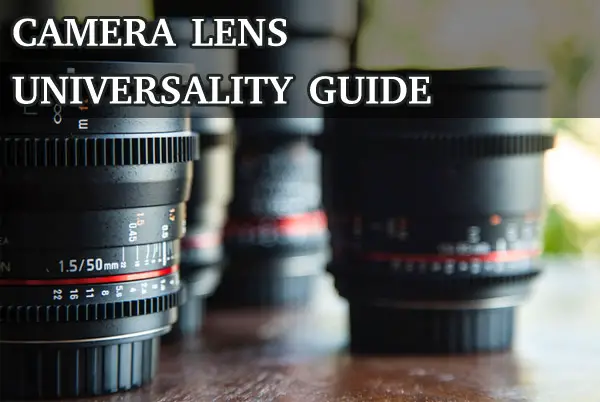
However, once we want to go beyond a kit lens and want to buy an extra lens comes the inevitable question – will this lens fit my camera?
The most important factor involved in buying a lens that matches your camera is the mount. Apart from different brands, there are different mounts even within one brand. So, questions like does an EF lens work on an EF-S camera or a DX lens work on an FX mount camera need to be answered so that you can make an informed decision.
This is what I will attempt doing here, answering all these questions and more in this discussion.
Do all camera lenses fit all cameras?
All camera lenses do not fit all cameras. Not natively at least. That means you cannot simply take a Nikon AF-S lens and screw it onto a Canon EF-S mount camera. You will either damage the camera mount electronics and mechanical couplings or damage the lens’s corresponding couplings or worse do damage to both. That said, there are adapters designed by third-party companies which allow you to mount a lens designed for a mount to be screwed onto a camera of a different mount. Camera lens universality can be achieved to a degree.
These adapters are called lens mount adapters.
How do I know if a camera lens is compatible with my camera?
The best way to find out if the lens is compatible with your camera is to know what mount your camera corresponds to and then check the lens specifications to confirm that the lens matches that mount.
Let’s say you have a Nikon D7000. That is an APS-C DSLR from the Nikon stable. It uses the Nikon F-mount. Let’s say someone hands you a lens, any lens and not just a Nikon lens, and asks you if it will work on your camera.
What you need to do is find out from the markings on the lens and confirm if that lens matches the camera mount, i.e., in this case, if it fits the Nikon F-mount. Usually, the lens mount is mentioned on the body of the lens.
Proprietary lenses are easier to figure out because they have matching acronyms, e.g., lenses designed for DX cameras have the letters ‘DX’ mentioned on them, and that way you know that it will fit your camera. Full-frame lenses are marked as FX lenses (for Nikon) and so you can confirm that the lens will match your camera if you have a full-frame Nikon DSLR.
However, different brands have different markers and compatibility factors.
Canon uses the famous Red dot and the White box to mark if a lens and camera mount will match. For example, if your camera has a Red dot and a White Box on the mount it means that it is an APS-C camera and that it will accept both EF and EF-S lenses (lenses designed for the full-frame camera systems and the smaller APS-C camera systems respectively).
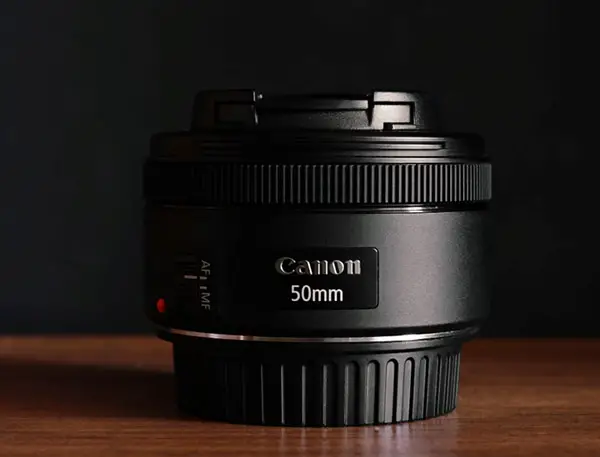
On the other hand, if it only has a red dot on the mount that means a camera is a full-frame unit and it will only accept lenses that are designed for the Canon EF mount (full-frame mount).
What camera lenses are interchangeable?
There are a bunch of lenses that are interchangeable, in the sense that they can be used on more than one mount. Notwithstanding, the interchangeable lenses are usually from the same brand or same consortium of lens brands. Let’s cite a few examples to make it easier to understand.
The Nikon 50mm f/1.8G is a lens designed for the full-frame Nikon camera system. That means the image circle of the lens corresponds to the full-frame sensor of a typical Nikon FX camera.
That said, this lens can also be mounted on a DX camera. A DX camera has a smaller sensor compared to a full-frame camera. That means the lens’ image circle is larger than the sensor size inside a DX camera.
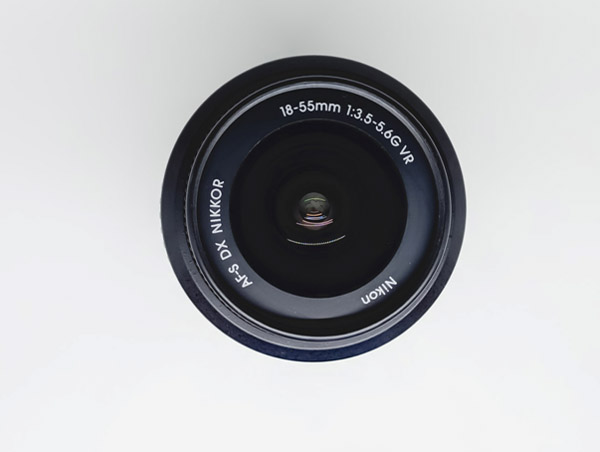
Alternatively, DX lenses can also be mounted on FX cameras. But as the lens’ image circle is smaller than the sensor, the crop mode is automatically activated on the FX camera.
Let’s take another example.
Canon has two different lenses for their DSLR line-up, one the EF and the other one the EF-S. Apart from these they also have two mirrorless lens line-ups. The EF lenses are interchangeable with the EF-S camera systems. That means you can use the EF lenses on cameras that use the EF-S mount.
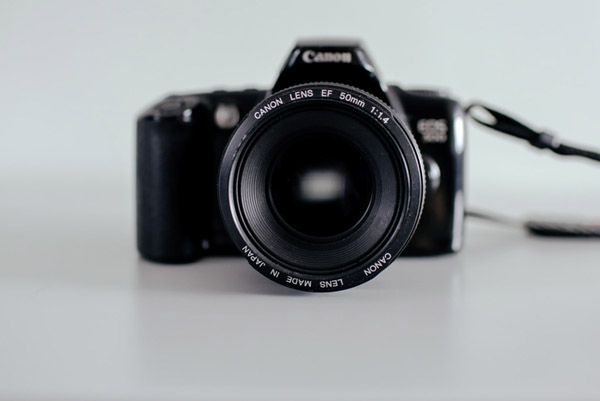
However, you cannot use the EF-S lens on the EF mount camera systems. Unlike Nikon cameras, smaller EF-S lenses are not compatible and interchangeable with the bigger EF mount camera systems.
Let’s take another example.
The micro four-thirds system is the genesis of two major electronics conglomerates: Olympus and Panasonic. The system was designed as a standard in 2008. A large number of electronics manufacturers later joined the conglomerate as DJI, Blackmagic, and Kodak among others started manufacturing cameras for this system.
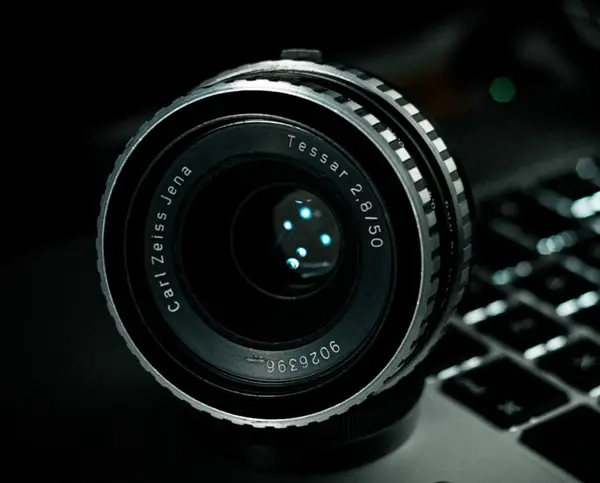
Third-party lens manufacturers such as Samyang, Mitakon, Tamron, Sigma, and Lensbaby, apart from Olympus and Panasonic and many others made lenses. Lenses made by one manufacturer would be interchangeable with all cameras using the format regardless of the manufacturer.
Can you use any lens on a Canon camera?
You cannot use just any lens on a Canon camera. You can only use OEM lenses that are either compatible, that conform to the EF and EF-S rule as mentioned above under the section ‘How do I know if a lens is compatible with my camera?’, or any third-party lens that also conforms to the same conditions, or any lens that can be mounted using an adapter.
Can you use old camera lenses on digital cameras?
In some cases, and with limited functionality, you can use old camera lenses on digital cameras. Not all lenses, meaning even lenses manufactured by the same brand as the one that manufactured the camera, are compatible. But if any old lenses would be compatible chances are higher it would be lenses made by the same brand.
Most of the old lenses are designed for film cameras. Many are incapable of conforming to metering and almost all have no autofocusing mechanism.
A simple rule to remember if you are experimenting with older Nikon lenses and trying to figure out if they would work on your Nikon digital SLR is that if the lens is manufactured after 1977 then it will probably work on your digital SLR.
Nikon invented the AI system lenses in 1977. AI means Automatic Maximum Aperture Indexing. In other words, AI lenses have a mechanical coupling system that would connect the lens to the camera’s exposure mechanism.
Please note that all AI lenses are manual focusing lenses. In addition to that, many are incapable of metering through the lens, except when you use a state-of-the-art full-frame digital SLR.
Cheaper cameras could still mount an AI lens, but they will neither be able to use autofocusing nor be able to meter through the lens. At the best, these lenses will become manual focusing lenses and you will have to meter using an external light meter.
This is just a guide on using a particular type of lens on a particular type of camera mount. I would like to do a detailed discussion in the future about various mounts and lens compatibility.
Do all Nikon lenses fit all Nikon cameras?
All Nikon lenses do not fit all Nikon cameras. I have already mentioned above a typical case scenario with Nikon’s F mount and AI lens type. There are still older lenses (older than AI) that won’t even mount on any F-mount camera. Then again lenses launched after the AI series, such as the AIS and AI-P added additional functionality.
How can a Nikon lens fit a Canon camera?
The only way you can fit a Nikon lens onto a Canon camera and vice versa is by using a lens mount adapter.
These adapters have two sides. Each side fits a specific mount. So, if you are looking for a Canon EF to Nikon F mount adapter, i.e., you are trying to mount a Canon EF lens (designed for full-frame Canon cameras) onto a Nikon full-frame camera using an F-mount, you need to verify that the adapter fits it perfectly.
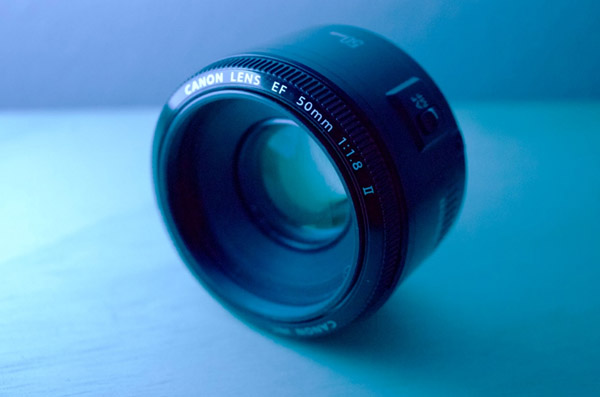
Mount adapters are always third-party devices because it doesn’t make business sense for a major lens manufacturer like Canon to make adapters that would help mount a Canon lens onto their Nikon cameras. It is a counter-productive theory.
Are Nikkor and Nikon the same?
Nikkor is the brand name of the lens manufacturing unit of Nikon. Initially, that brand name was limited to only the best quality Nikon lenses. But slowly, all Nikon-made lenses came to be referred to as Nikkor.
Crop Sensor vs Full Frame Lenses
As you first begin your journey into the world of photography you will be bombarded with terms like crop sensor and full-frame sensor and sensor sizes. I will give you a brief idea about crop and full-frame sensors.
A full-frame sensor is about the size of a 35mm film. In digital photography that is 36mm by 24mm. All full-frame camera systems that you see across the brands have that same sensor size under the hood.
It is the size of the smaller sensor cameras that tend to vary from one brand to the other. For example, Canon’s APS-C sensors are 22.3mm by 14.9mm in size. Nikon, Pentax, Sony, Fuji, and Sigma on the other hand uses a slightly larger sensor for their APS-C cameras. The size of this sensor is 23.6mm by 15.6mm.
There are a couple of other popular sensor sizes. One of them is the micro four-thirds system and the other one is the 1-inch type. The micro four-thirds system uses a sensor that is 17.3mm by 13mm.
The 1-inch type has a sensor size of 13.2mm by 8.8mm.
By definition, crop sensors are any sensor type that is smaller than a full-frame chip. Being smaller means they capture less light when compared to a full-frame sensor. Smaller also means that if you mount a lens that is designed for the image circle of a full-frame camera onto a smaller camera the reduced size gives the feeling as if the lens is zoomed in.
This is why when you check the focal length of lenses you will notice that lens manufacturers will also provide the ‘Effective focal length’ of the lens on APS-C cameras.
This is calculated using a Focal length multiplier or as is commonly referred to as Crop factor.
You may be thinking that how much of the image is cropped and is there a way to accurately determine what the effective focal length would be if I mount a full-frame lens on a crop camera? Plus, what is the crop factor for different lens mounts?
There is. Very simply Nikon’s crop sensor has a crop factor of 1.5x. Let’s say that I take a 50mm prime lens designed for the full frame and mount that to a crop camera. the effective focal length will be 1.5 x 50 = 75mm.
Canon’s APS-C sensor is slightly smaller than Nikon’s and so the crop factor is 1.6x. A 50mm prime lens designed for a full-frame camera will become the equivalent of a = 1.6 x 50 = 80mm on a crop camera.
The best lens brands?
First-time camera buyers often talk about brands. Which brand is the best of the lot? What brand should I invest in? Which lens produces the best images? There is no easy way to answer this. Every brand produces high-quality glass. Yes, some brands are more popular than others. For example, Nikon vs Canon has been a popular topic for debate for years now. And the weird thing is there are die-hard fans on both sides of the line. The same can be said about Sony, which is the second-largest camera and lens manufacturing brand.
Regardless of the brand you choose to stick with, make sure you do a background check as to their past performance, and their future road map. Some brands are more inclined towards a particular line of cameras than others. Sony for example has been concentrating on their mirrorless lineup.
Nikon and Canon along with Olympus, Fujifilm, Pentax, and Panasonic have been the champions of the DSLR segment. But as of late Nikon, Canon and the other brands have started to develop their mirrorless divisions.
If you want a suggestion as to the brands that are the best I would say Sony, Canon, and Nikon are three brands you cannot go wrong with if you buy a camera and lens setup.
For more clarification, the video below explains the differences between camera lens mounts:
I hope this article was helpful in your quest to understand lens universality. Click on the following link to learn what lens to use when.









